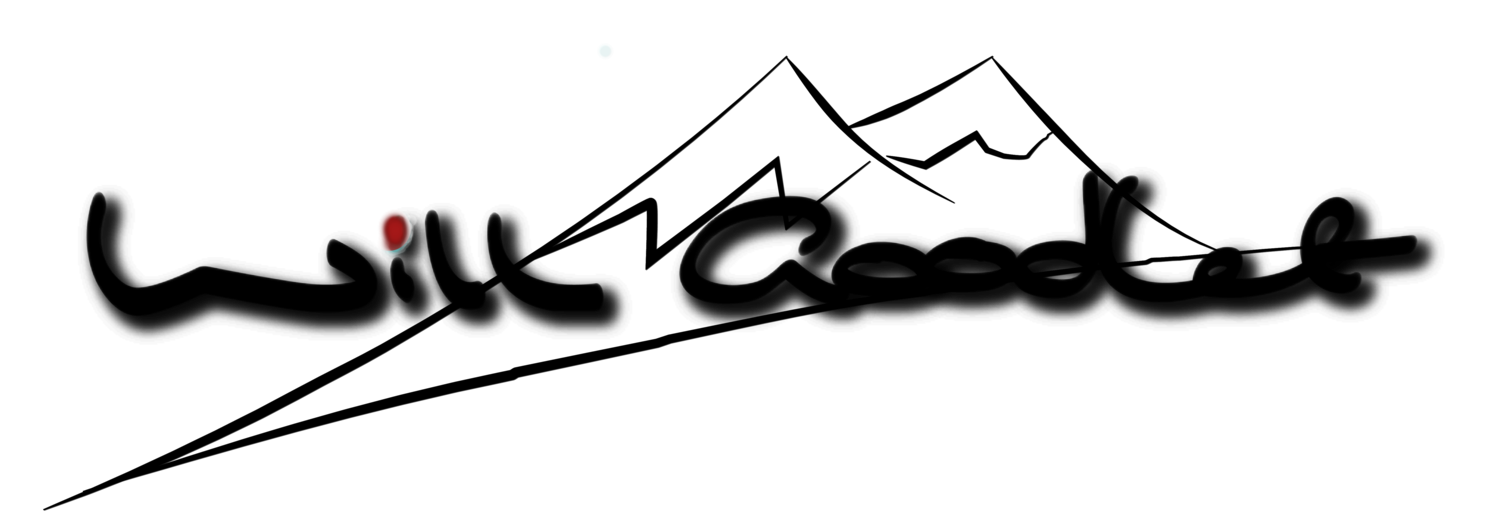Medium Format at Kubu Island
I love looking through the viewfinder of my Mamiya RZ 67. The projected image is bright, big and just incredibly satisfying to look at. I can imagine exactly how large format photographers must feel when looking at a 4x5 or 8x10 (although the image is probably not as bright).
The world through that viewfinder is just right in every possible way, especially when using a normal lens, in this case the superb 110mm F2.8m, a lens made more for portraits than landscapes.
There is something satisfying too, knowing that I am shooting beautiful big 6cm x 7cm negatives. They cost around R15 each and there are 10 to one roll of film. I think slide film, colour positive film, would be even more exciting to work with, although far more difficult to expose.
Baobabs, Kodak Tri-X 400
That cost, and the added complexity of the large medium format camera, with its' dark slide, cable release, removable film back and enormous, clattering mirror makes me think about every shot I take.
It's a great way to work and the antithesis of the way we often work with digital - where the shots are free and therefore expendable.
Even so, it's a hard habit to shake, that of taking too little time and too many shots and I am certainly still guilty of it, even with the huge Mamiya bolted to the end of the tripod!
Ancient Walls, Kodak Tri-X
Once that mirror slams shut and the leaf shutter 'clicks' in the lens, there is no going back and no way of knowing if I have clipped the highlights or lost details in the shadows. I can bracket the shot, maybe change the film back and shoot a colour version but that's it. The exposure is locked in, until I'm back home with a developing tank and a stopwatch.
And that's not a disadvantage of film, it's one of its' beauties. The craftsmanship does not stop with the shutter release. The creative choices continue with the choice of developer, decisions over pushing or pulling, time in the tank and dexterity in loading the fragile medium with ones hands out of sight and sweating inside a changing bag.
Perhaps the chief enjoyment I derive from film is the sheer deliciousness of the print which is delivered by two things: The sublime and subtle change in tones across the bright parts of the image and films remarkable capability of capturing sensational dynamic range and colour information.
Let's face it, film is not going to compete with digital in sharpness or detail, at least using a home scanner and at this size negative but it can certainly compete and win on colour resolution and with its beguiling and distinctly analogue changes in tone.
And for me, that is certainly enough of a reason to shoot much much more of it in the years to come.
Late Afternoon Rocks, Kodak Ektar 100
Baobabs and Thunderhead, Kodak Tri-X 400










